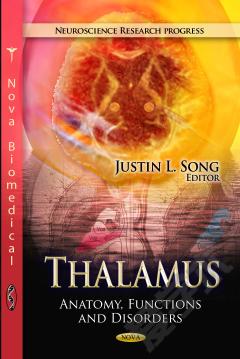The Limbic System: Anatomy, Functions and Disorders
The primary cortical areas that we include under the umbrella of limbic system include the olfactory cortex, amygdala and hippocampal formation, and nearly all parahippocampal cortex and cingulate cortex, but also caudal orbital and medial prefrontal cortex and part of the temporal polar cortex, and the ventral part of the agranular and dysgranular part of the insular cortex. It should be noted that researchers still disagree on how many and which areas exactly comprise the limbic system, however, most agree that it includes the hippocampus, subicular cortex, parahippocampal cortex, cingulate cortex, septal nuclei, basolateral amygdala, mammillary bodies, the anterior thalamic nuclei and their interconnections and connections. Subcortical areas, such as the cortical and central amygdala, the septal nuclei, and diencephalic regions, including the mammillary bodies and the anterior thalamic nuclei, make up the rest of the limbic system. The limbic system is highly interconnected, both by direct connections and by indirect projections through diencephalic regions such as the mammillary bodies and the anterior thalamic nuclei. This book discusses the areas of the limbic system which play a role in epilepsy; chronic musculoskeletal pain; the effects altered gravity may have on the limbic system; and finally, the affects opioid addiction has on the limbic system.
{{comment.content}}








 京公网安备 11010802027623号
京公网安备 11010802027623号